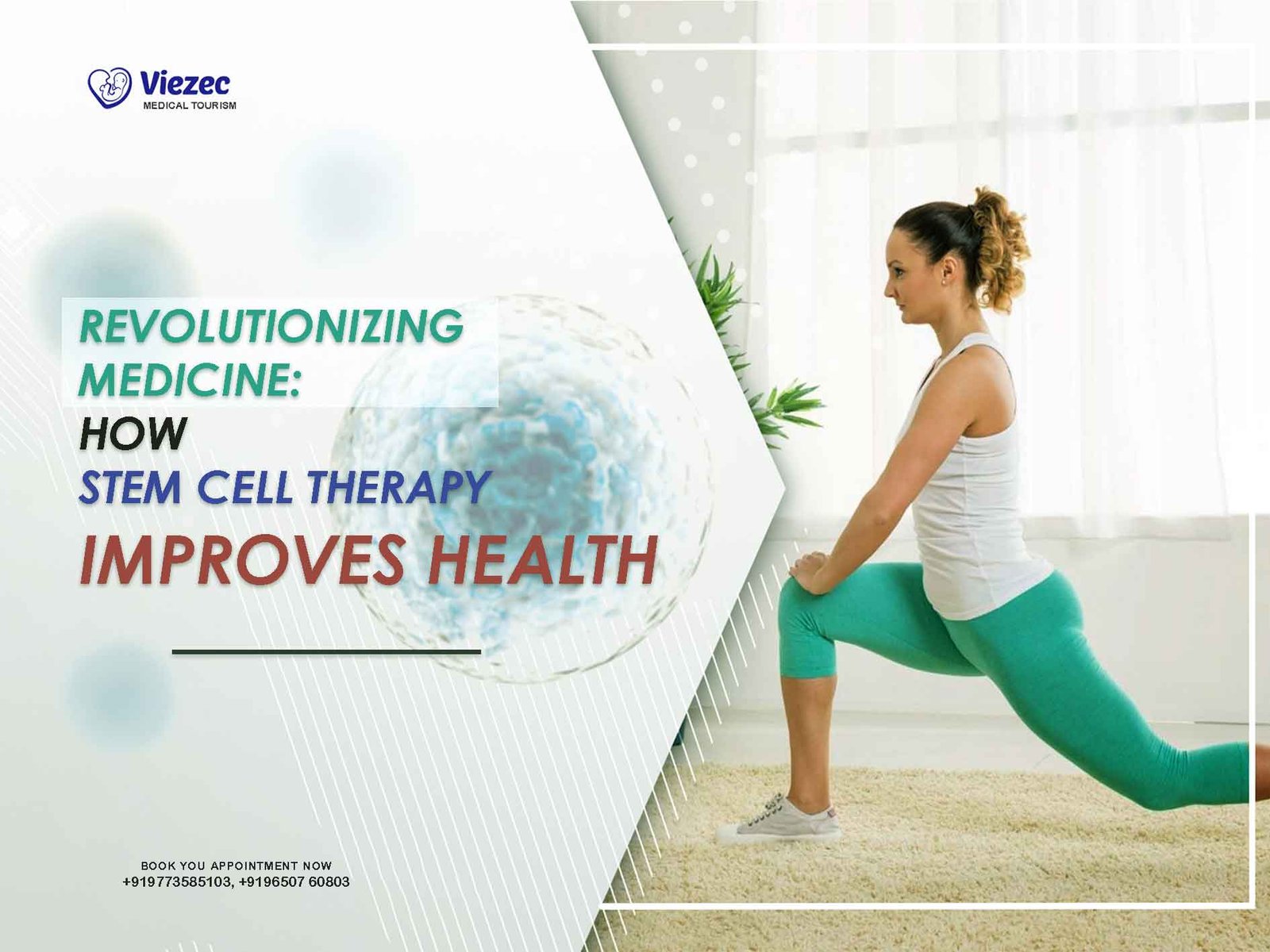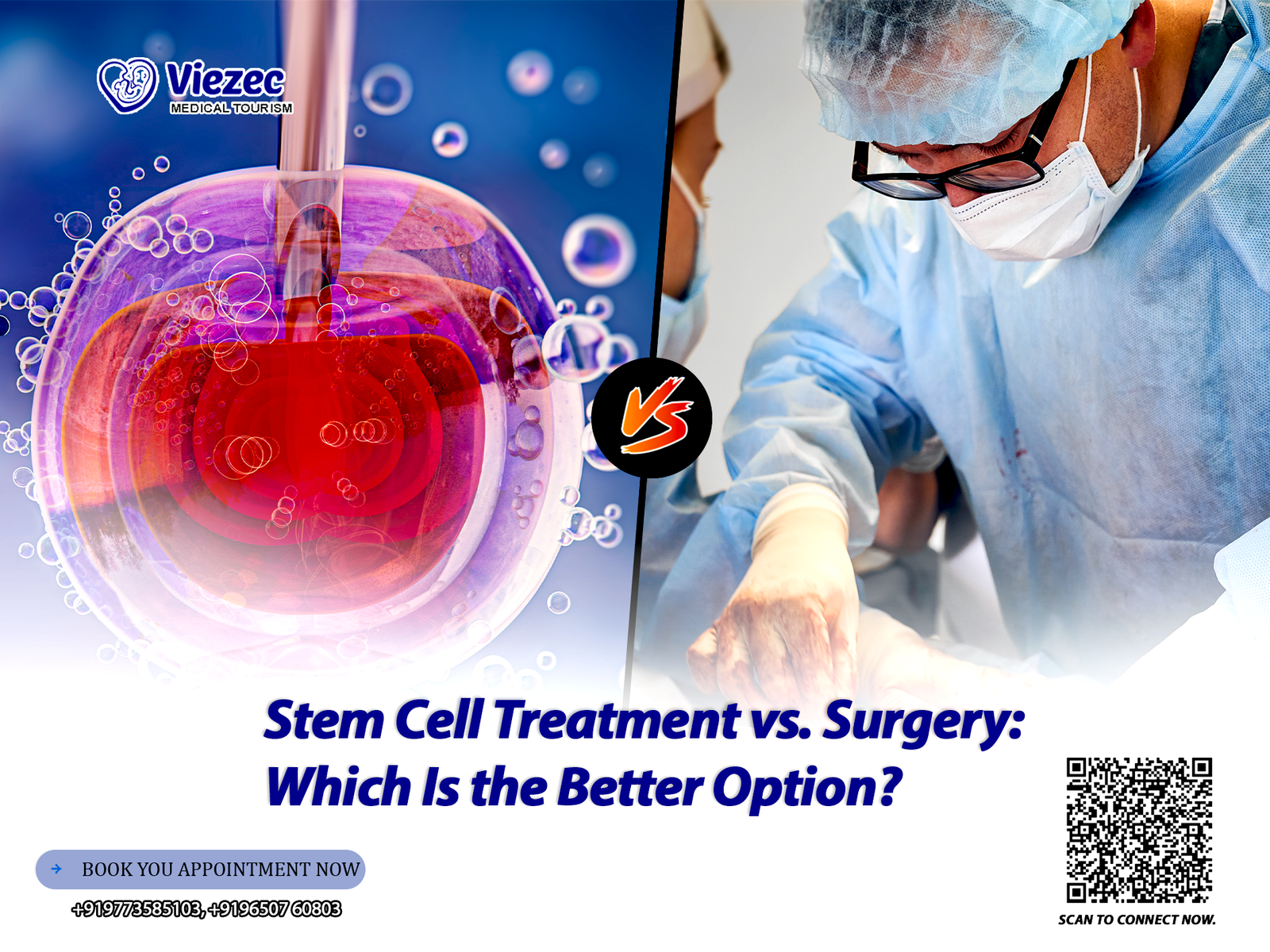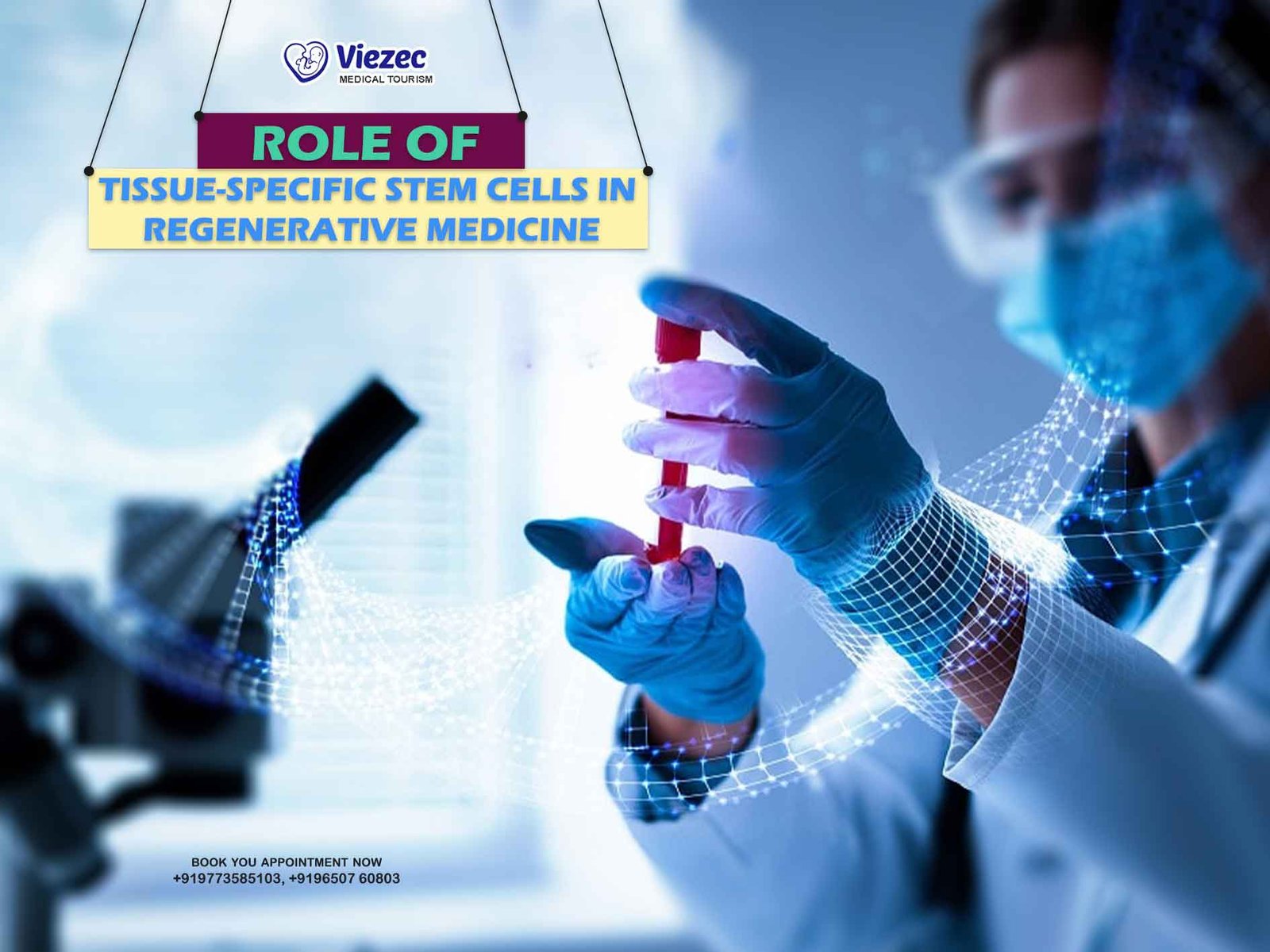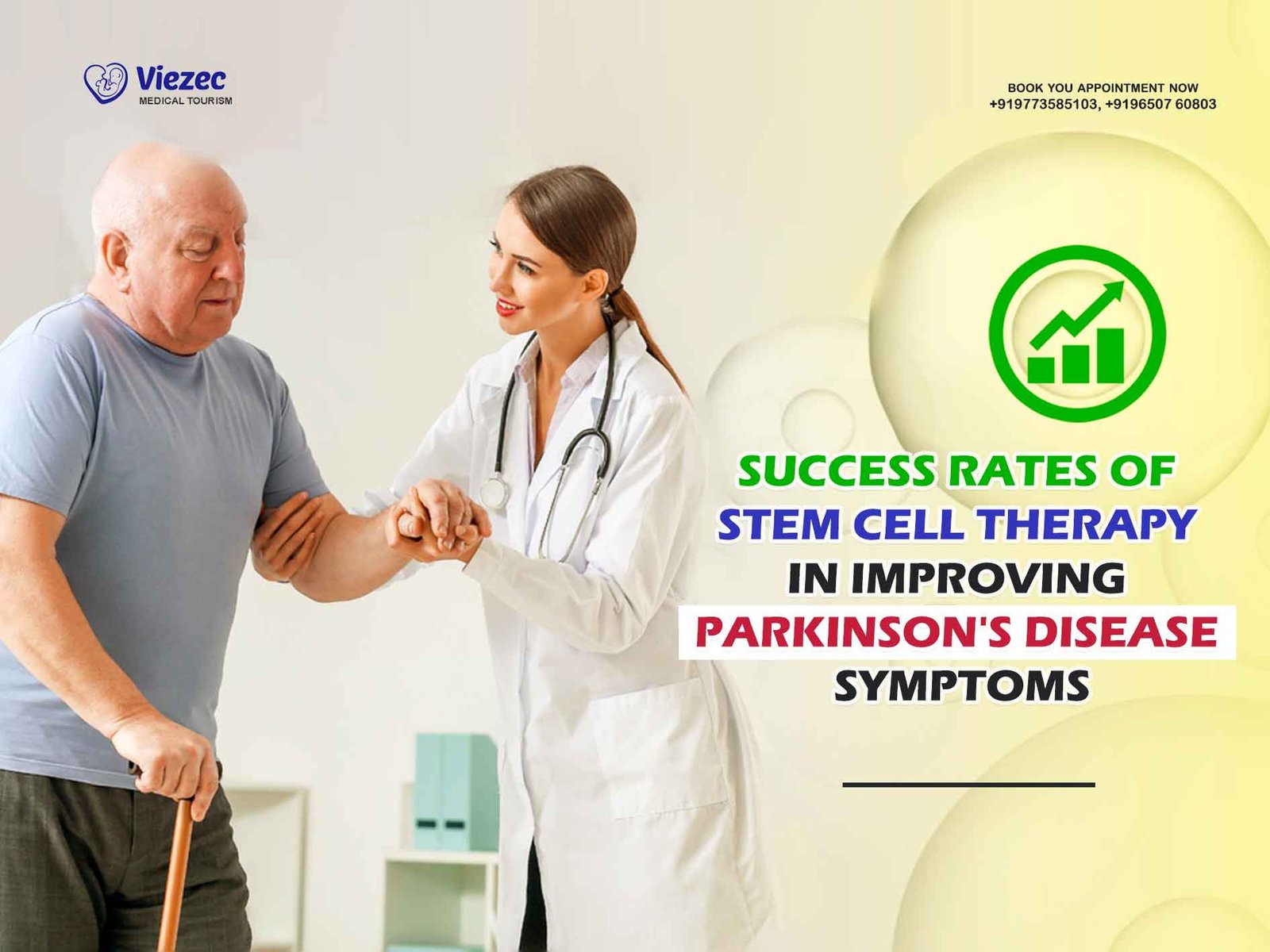In the realm of modern medicine, few advancements have generated as much excitement and promise as stem cell therapy. Stem cells, with their unique ability to differentiate into various cell types, offer a revolutionary approach to treating a myriad of medical conditions. From regenerating damaged tissues to modulating the immune system, the potential applications of stem cell therapy are vast and transformative. We will delve into the intricacies of stem cell therapy, exploring its mechanisms, current applications, and the profound impact it has on improving health.
Understanding Stem Cells: Nature’s Master Builders
What Are Stem Cells?
Stem cells are undifferentiated cells with the remarkable ability to develop into specialized cell types with specific functions. Unlike differentiated cells that have a predetermined role within the body, stem cells retain the potential to transform into various cell types, including muscle cells, nerve cells, and blood cells.
Types of Stem Cells
- Embryonic Stem Cells (ESCs): Derived from embryos, embryonic stem cells are pluripotent, meaning they can give rise to any cell type in the body. Due to their versatility, ESCs have been a focal point in research and regenerative medicine.
- Adult Stem Cells: Also known as somatic or tissue-specific stem cells, adult stem cells are found in various tissues and organs throughout the body. While they are more limited in their differentiation potential compared to ESCs, adult stem cells play crucial roles in tissue repair and maintenance.
- Induced Pluripotent Stem Cells (iPSCs): These are adult cells that have been reprogrammed to exhibit pluripotent characteristics similar to ESCs. iPSCs offer a promising alternative to ESCs for research and therapeutic purposes, as they bypass ethical concerns associated with embryonic sources.
Mechanisms of Stem Cell Therapy
Stem cell therapy harnesses the regenerative potential of stem cells to repair or replace damaged tissues and organs within the body. The process typically involves the isolation of stem cells from a suitable source, followed by their expansion and differentiation in vitro before being administered to the patient. Once introduced into the body, these cells integrate into the damaged tissue, promoting healing and regeneration through various mechanisms, including:
- Cell Replacement: Stem cells can directly differentiate into specific cell types to replace damaged or dysfunctional cells. For example, in conditions such as Parkinson’s disease, stem cells can be used to generate dopamine-producing neurons to restore function in the brain.
- Paracrine Signaling: Stem cells secrete bioactive molecules such as growth factors, cytokines, and extracellular vesicles that modulate the surrounding microenvironment, promoting tissue repair, reducing inflammation, and stimulating endogenous repair mechanisms.
- Immunomodulation: Stem cells possess immunomodulatory properties, capable of regulating immune responses and suppressing inflammation. This makes them particularly useful in autoimmune diseases and conditions involving immune-mediated tissue damage.
Applications of Stem Cell Therapy
Regenerative Medicine
- Orthopedics: Stem cell therapy holds promise for treating orthopedic conditions such as osteoarthritis, tendon injuries, and cartilage defects. By promoting the regeneration of bone, cartilage, and soft tissues, stem cells offer a potential alternative to invasive surgeries and long-term pain management.
- Cardiology: Stem cell therapy has shown potential in repairing damaged heart tissue following myocardial infarction (heart attack) by promoting angiogenesis, reducing scar tissue formation, and improving cardiac function. Clinical trials are ongoing to assess the safety and efficacy of stem cell-based treatments for heart disease.
- Neurology: Conditions such as spinal cord injury, stroke, and neurodegenerative diseases like Alzheimer’s and multiple sclerosis present significant challenges in conventional treatment. Stem cell therapy offers hope by promoting neural regeneration, enhancing synaptic connectivity, and modulating neuroinflammation.
Oncology
Stem cell therapy is also being investigated as a potential tool in cancer treatment, particularly in hematological malignancies such as leukemia and lymphoma. Hematopoietic stem cell transplantation, for instance, is a well-established procedure used to replenish the bone marrow following intensive chemotherapy or radiation therapy in cancer patients.
Immunotherapy
- Cell-Based Immunotherapy: Adoptive cell transfer techniques, such as chimeric antigen receptor (CAR) T-cell therapy, involve engineering patient-derived T-cells to recognize and target specific cancer cells. Stem cells may serve as a source for generating these therapeutic cells, offering a renewable and scalable approach to cancer immunotherapy.
- Tissue Engineering: Stem cells play a vital role in tissue engineering and regenerative medicine, where engineered tissues and organs are grown in vitro for transplantation or research purposes. By combining stem cells with biomaterials and growth factors, researchers aim to create functional tissues tailored to individual patients, addressing the shortage of donor organs and improving transplant outcomes.
Ethical Concerns
The use of embryonic stem cells has sparked ethical debates due to ethical considerations surrounding the destruction of human embryos. While alternative sources such as adult stem cells and induced pluripotent stem cells alleviate some of these concerns, ethical dilemmas persist, highlighting the importance of ethical oversight and responsible research practices.
Safety and Efficacy
Despite the immense potential of stem cell therapy, challenges remain in ensuring its safety and efficacy. Concerns such as tumorigenicity, immune rejection, and unpredictable differentiation pathways underscore the need for rigorous preclinical studies and clinical trials to establish the safety profile and therapeutic efficacy of stem cell-based interventions.
Regulatory Landscape
The regulatory landscape surrounding stem cell therapy varies across countries and regions, with disparities in approval processes, clinical trial regulations, and oversight mechanisms. Harmonizing regulatory standards and ensuring adherence to ethical guidelines are essential to foster innovation while safeguarding patient welfare and public trust in stem cell research and therapy.
Personalized and Regenerative Solutions
As our understanding of stem cell biology continues to deepen, the potential applications of stem cell therapy in medicine are poised to expand dramatically. Emerging technologies such as gene editing, organoid culture systems, and advanced biomaterials hold promise in enhancing the safety, efficacy, and scalability of stem cell-based interventions.
Stem cell therapy represents a paradigm shift in modern medicine, offering personalized and regenerative solutions to a wide range of medical conditions. While challenges persist, the transformative potential of stem cells in improving health and quality of life cannot be overstated. By embracing interdisciplinary collaboration, ethical stewardship, and evidence-based practice, we can unlock the full potential of stem cell therapy and usher in a new era of healthcare innovation and patient care.









